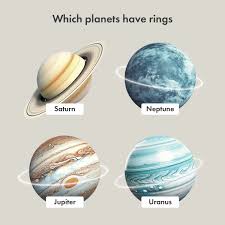Full Pane: 1st Anniversary of First Manned Space Flight (Soviet Union, USSR 1962)
1st Anniversary of First Manned Space Flight (Soviet Union, USSR 1962)
12 April (Soviet Union, USSR ) within release 1st Anniversary of First Manned Space Flight goes into circulation Full Pane 1st Anniversary of First Manned Space Flight face value 20*10 Soviet kopek
| Full Pane 1st Anniversary of First Manned Space Flight in catalogues | |
|---|---|
| Colnect codes: | Col: SU 1962.04.12-01a |
Full Pane is square format.
Also in the issue 1st Anniversary of First Manned Space Flight:
- Stamp with Attached Label - Anniversary of First Manned Space Flight face value 10;
- Stamp with Attached Label - Anniversary of First Manned Space Flight face value 10;
- Full Pane - 1st Anniversary of First Manned Space Flight face value 20*10;
Full Pane 1st Anniversary of First Manned Space Flight it reflects the thematic directions:
An anniversary is the date on which an event took place or an institution was founded in a previous year, and may also refer to the commemoration or celebration of that event. For example, the first event is the initial occurrence or, if planned, the inaugural of the event. One year later would be the first anniversary of that event. The word was first used for Catholic feasts to commemorate saints. Most countries celebrate national anniversaries, typically called national days. These could be the date of independence of the nation or the adoption of a new constitution or form of government. The important dates in a sitting monarch's reign may also be commemorated, an event often referred to as a "Jubilee".
Outer space (or simply space) is the expanse that exists beyond Earth's atmosphere and between celestial bodies. It contains ultra-low levels of particle densities, constituting a near-perfect vacuum of predominantly hydrogen and helium plasma, permeated by electromagnetic radiation, cosmic rays, neutrinos, magnetic fields and dust. The baseline temperature of outer space, as set by the background radiation from the Big Bang, is 2.7 kelvins (−270 °C; −455 °F)
A planet is a large, rounded astronomical body that is generally required to be in orbit around a star, stellar remnant, or brown dwarf, and is not one itself. The Solar System has eight planets by the most restrictive definition of the term: the terrestrial planets Mercury, Venus, Earth, and Mars, and the giant planets Jupiter, Saturn, Uranus, and Neptune. The best available theory of planet formation is the nebular hypothesis, which posits that an interstellar cloud collapses out of a nebula to create a young protostar orbited by a protoplanetary disk. Planets grow in this disk by the gradual accumulation of material driven by gravity, a process called accretion.




